Harvesting Anise Seed – When And How To Pick Anise Seeds
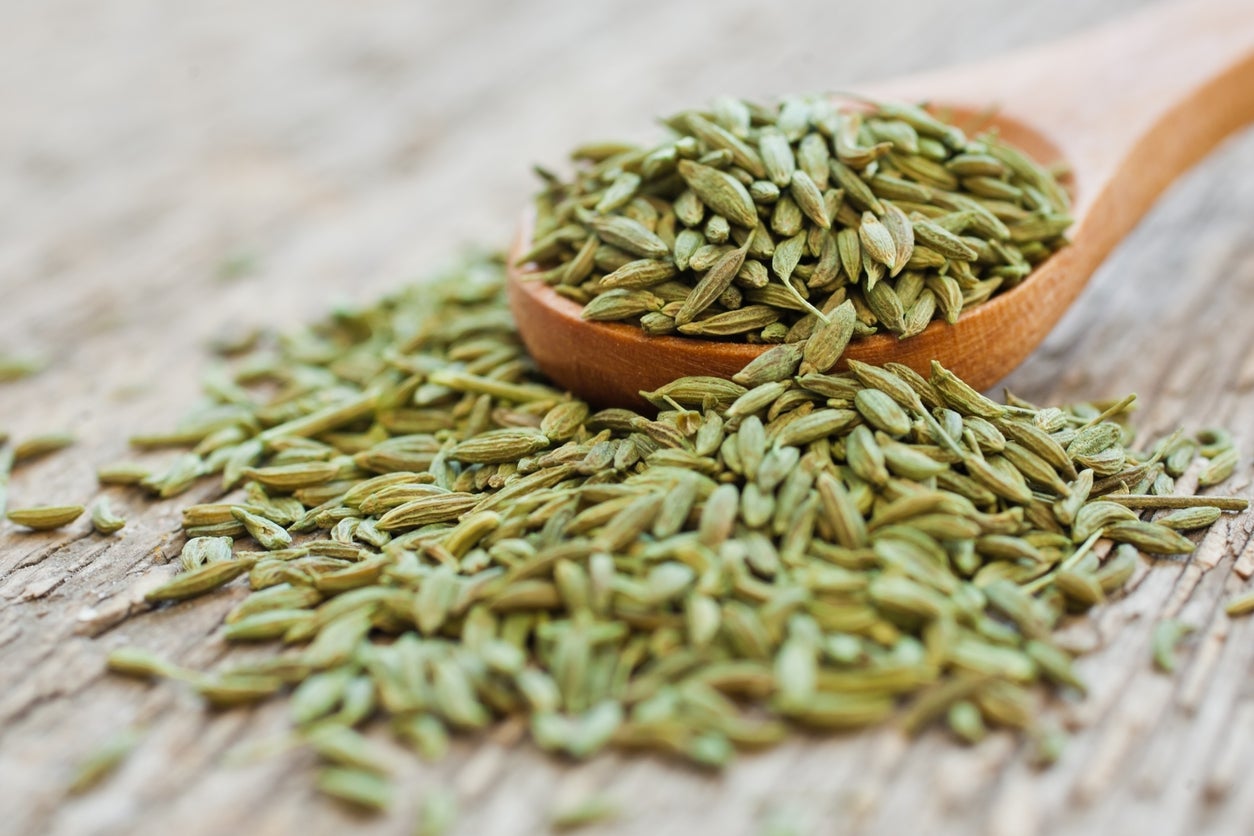

Anise is a polarizing spice. With its strong licorice flavor, some people love it and some people can’t stand it. If you’re someone in the former camp, however, there’s nothing easier or more rewarding than growing and saving your own anise seeds to use year round. Keep reading to learn more about how to pick anise seeds and preserve them.
When Should I Be Harvesting Anise Seed?
Anise flowers are white and wispy and very similar in appearance to Queen Anne’s lace. It takes them quite a while to develop seeds, and about 100 frost-free days of growth are required before anise seed harvest can take place.
In late summer or early autumn, you should notice the flowers developing small, green seeds. Some gardeners insist that you should leave the plants alone until the seeds dry out and turn a muddy brown color. Others hold that you should harvest them when they’re still green and let them ripen and dry indoors.
Both are viable options, but considering how long it takes the seeds to form, most gardeners would benefit from getting them indoors when they’re still green, before the autumn frost hits.
Anise Seed Harvest Methods
Whether you’re picking anise when it’s ripe or not, there’s no need to collect the tiny seeds one at a time. Instead, snip the stems below the flower heads.
If the seeds are still green, tie the flowers together into a bundle and hang them upside down in a cool, airy place. Make sure to put a container or a cloth beneath them to catch the seeds, which should ripen and dry out naturally.
If you’ve waited until the seeds are already dry, gently shake the flowers upside down over a container, or inside a paper bag. If they’re ripe, the seeds ought to fall right off.
Gardening tips, videos, info and more delivered right to your inbox!
Sign up for the Gardening Know How newsletter today and receive a free copy of our e-book "How to Grow Delicious Tomatoes".
Storing Anise Seeds
After picking anise seeds, it’s important to store them correctly. Make sure the seeds are completely dry, then place them in an airtight container or jar. Avoid adding any cloth or paper towels, as this will just consolidate moisture and lead to problems. Store your container in a cool, dark place, and enjoy your homegrown anise seeds all year long.

The only child of a horticulturist and an English teacher, Liz Baessler was destined to become a gardening editor. She has been with Gardening Know how since 2015, and a Senior Editor since 2020. She holds a BA in English from Brandeis University and an MA in English from the University of Geneva, Switzerland. After years of gardening in containers and community garden plots, she finally has a backyard of her own, which she is systematically filling with vegetables and flowers.
-
 Types Of Tomatoes Explained: Explore The Many Wonderful Shapes, Colors, Flavors, & Best Uses
Types Of Tomatoes Explained: Explore The Many Wonderful Shapes, Colors, Flavors, & Best UsesThe world of tomato varieties is vast and fascinating. Learn about the key types to grow in your garden, tailored to your preferences and space.
By Amy Grant
-
 Try The Trend – Turn Any Bed Into A Keyhole Garden With This Clever In-Ground Composter
Try The Trend – Turn Any Bed Into A Keyhole Garden With This Clever In-Ground ComposterKeyhole gardening is an efficient and sustainable practice that saves space. Get started on this DIY project quickly and easily with an in-ground composter.
By Bonnie L. Grant
-
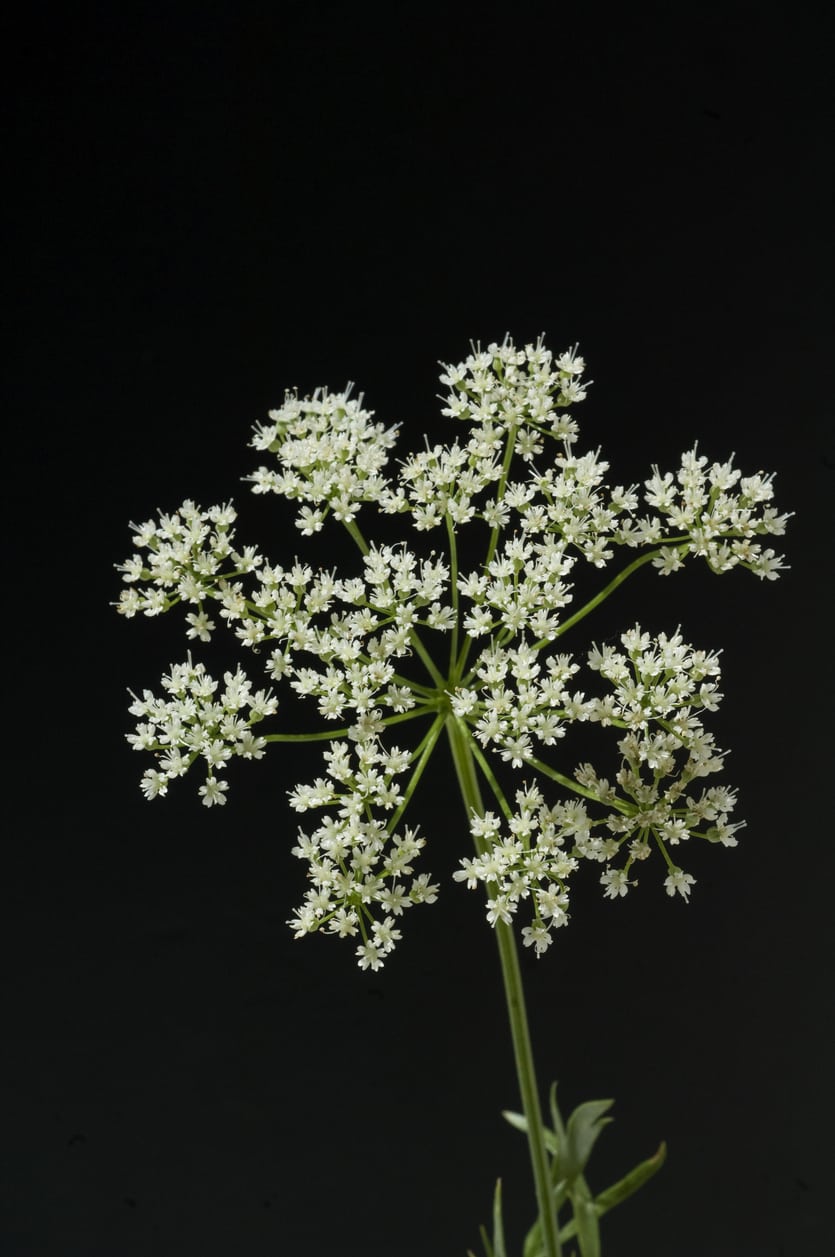 Common Anise Diseases: How To Treat A Sick Anise Plant
Common Anise Diseases: How To Treat A Sick Anise PlantWhile it is fairly easy to grow, the anise plant is not without its problems, specifically diseases. It’s important to recognize the symptoms in order to learn how to treat a sick anise plant before a disease progresses to the point of no return. This article will help.
By Amy Grant
-
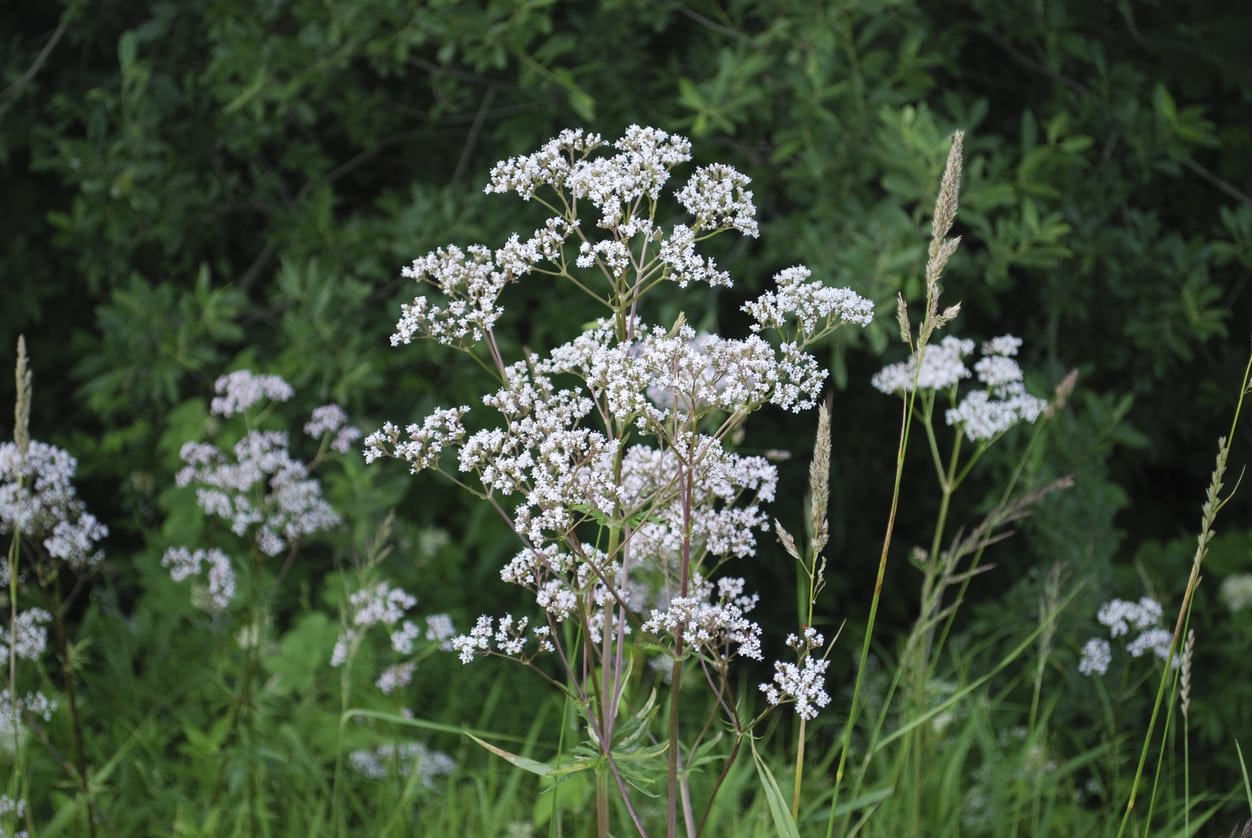 Container Grown Anise Seed: How To Care For Anise In A Pot
Container Grown Anise Seed: How To Care For Anise In A PotAnise, sometimes called aniseed, is a powerfully flavored and scented herb that is most popular for its culinary properties. Like all culinary herbs, anise is very useful to have on hand near the kitchen, especially in a container. But can you grow anise in a pot? Find out here.
By Liz Baessler
-
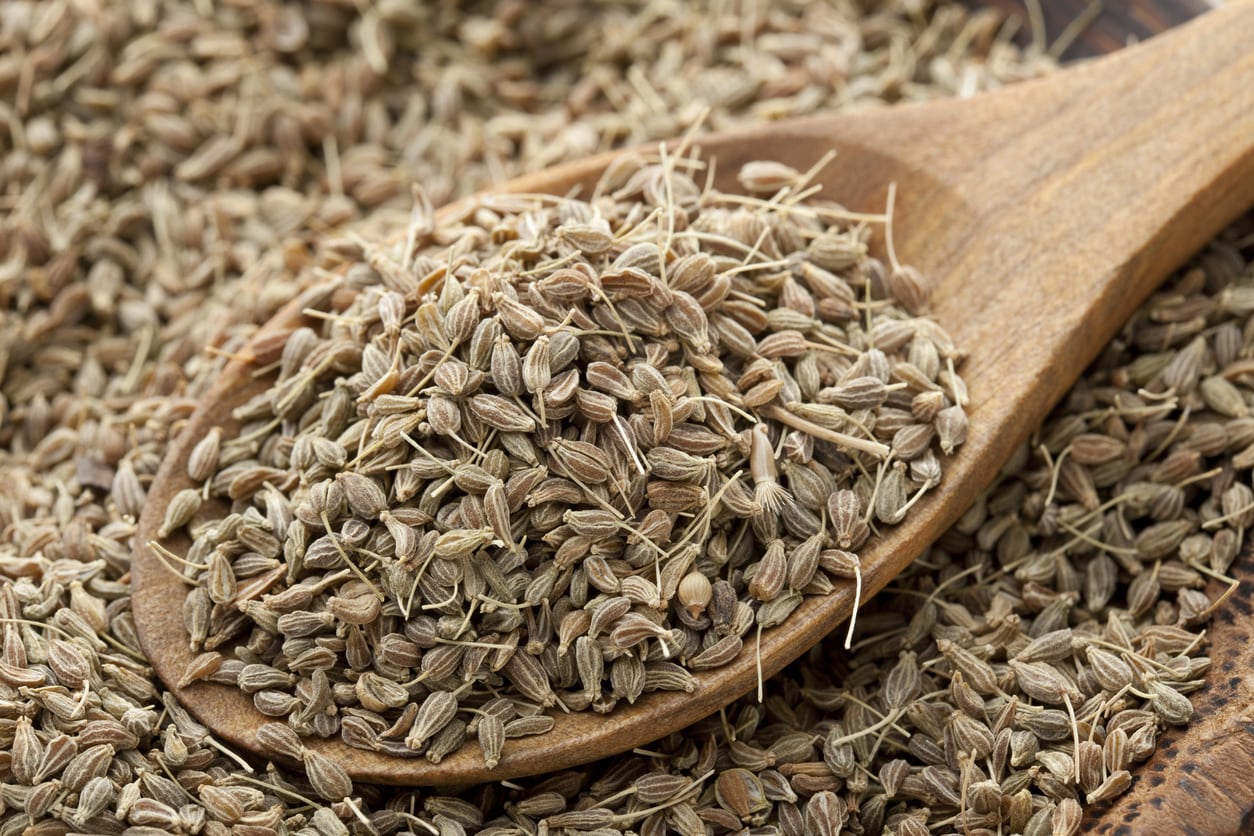 Anise Vs. Star Anise – Are Star Anise And Anise Plants The Same
Anise Vs. Star Anise – Are Star Anise And Anise Plants The SameLooking for a slightly licorice-like flavor? Star anise or anise seed provide a similar flavor in recipes but are actually two very different plants. A description of their differences will reveal unique origins and how to use these interesting spices. Click here for more info.
By Bonnie L. Grant
-
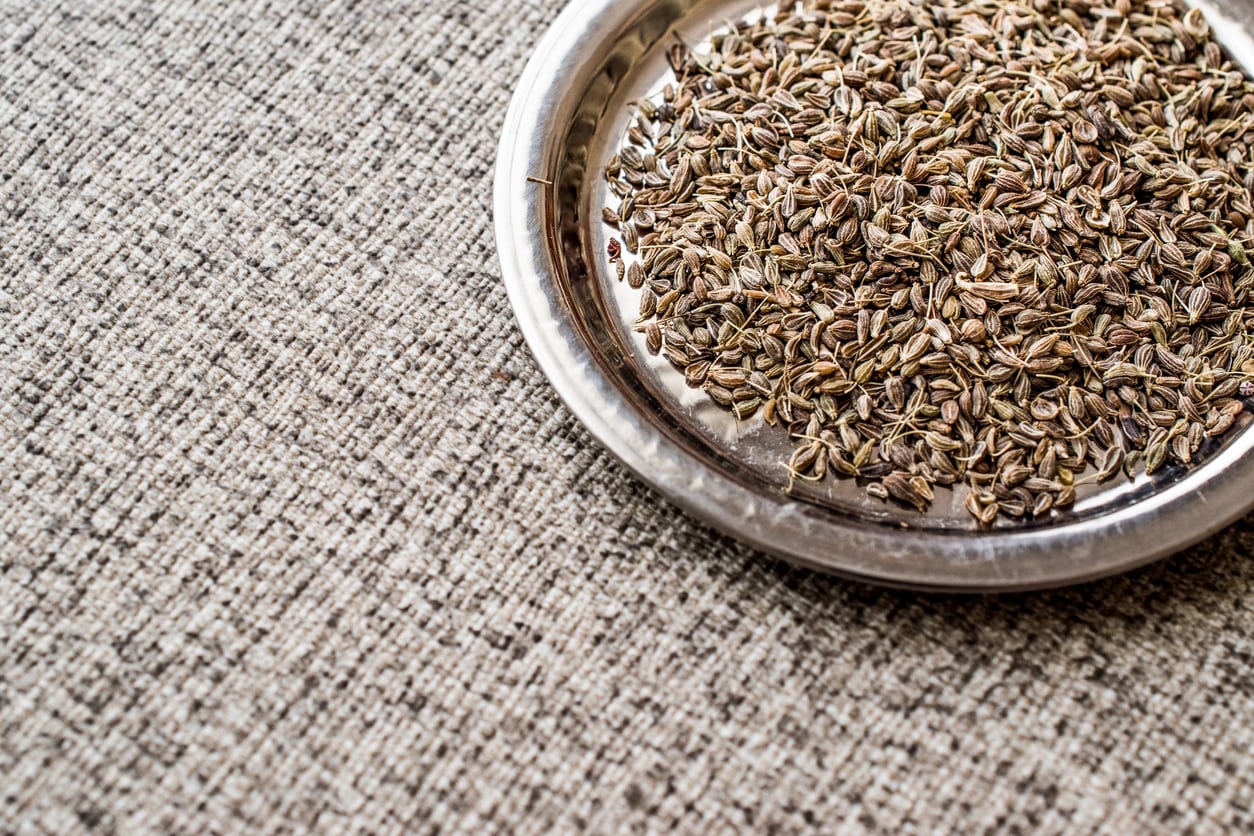 Aniseed As A Spice – Learn How To Use Anise Plants
Aniseed As A Spice – Learn How To Use Anise PlantsAnise is a popular culinary herb easy to grow by seed, but the question is, what to do with aniseed once it’s harvested? How do you use aniseed as a spice, and how about cooking with anise? Click here to learn a few of the many ways of using anise plants.
By Mary H. Dyer
-
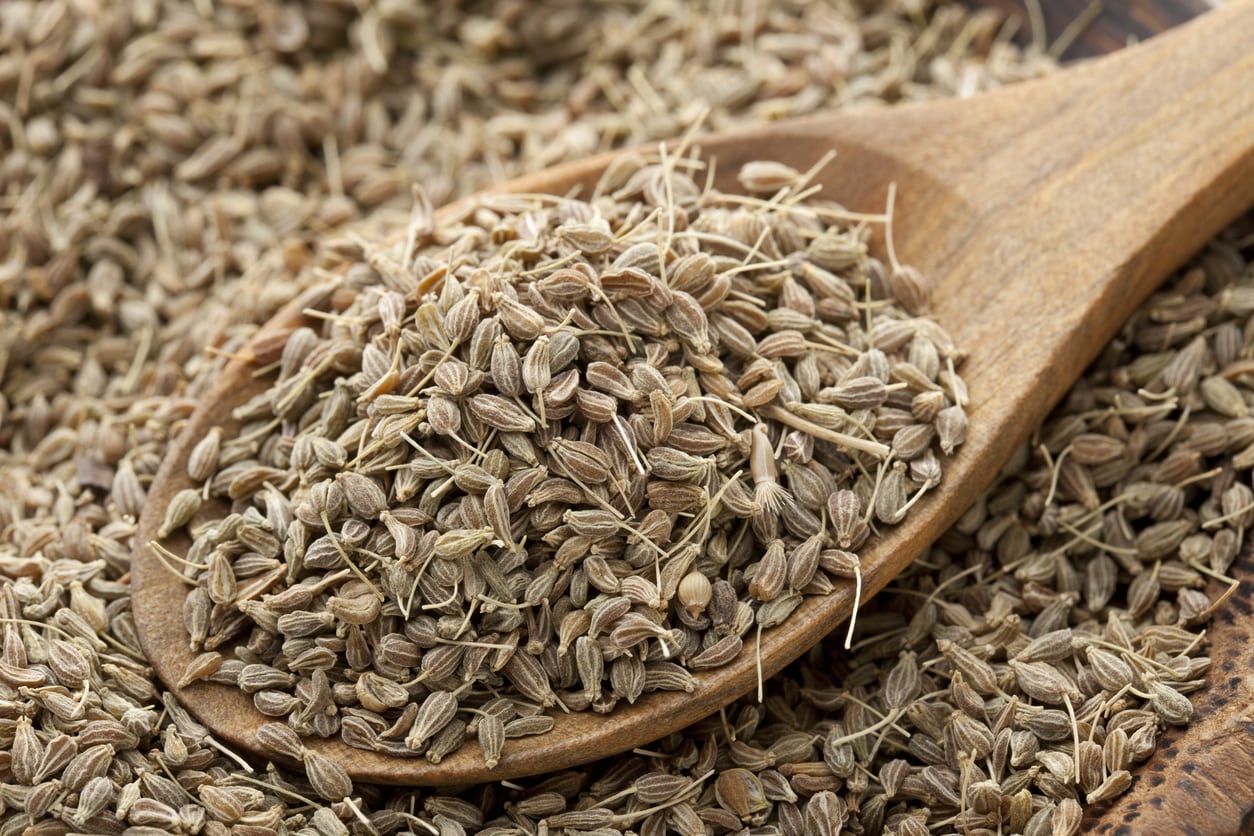 Medicinal Anise Plants – How Is Anise Good For You
Medicinal Anise Plants – How Is Anise Good For YouAnise is a pretty perennial herb, but it can do more for you than add visual interest to your garden. Growing medicinal anise plants and harvesting the seeds means you can add this natural, herbal remedy to both your kitchen and your medicine cabinet. Learn more in this article.
By Mary Ellen Ellis
-
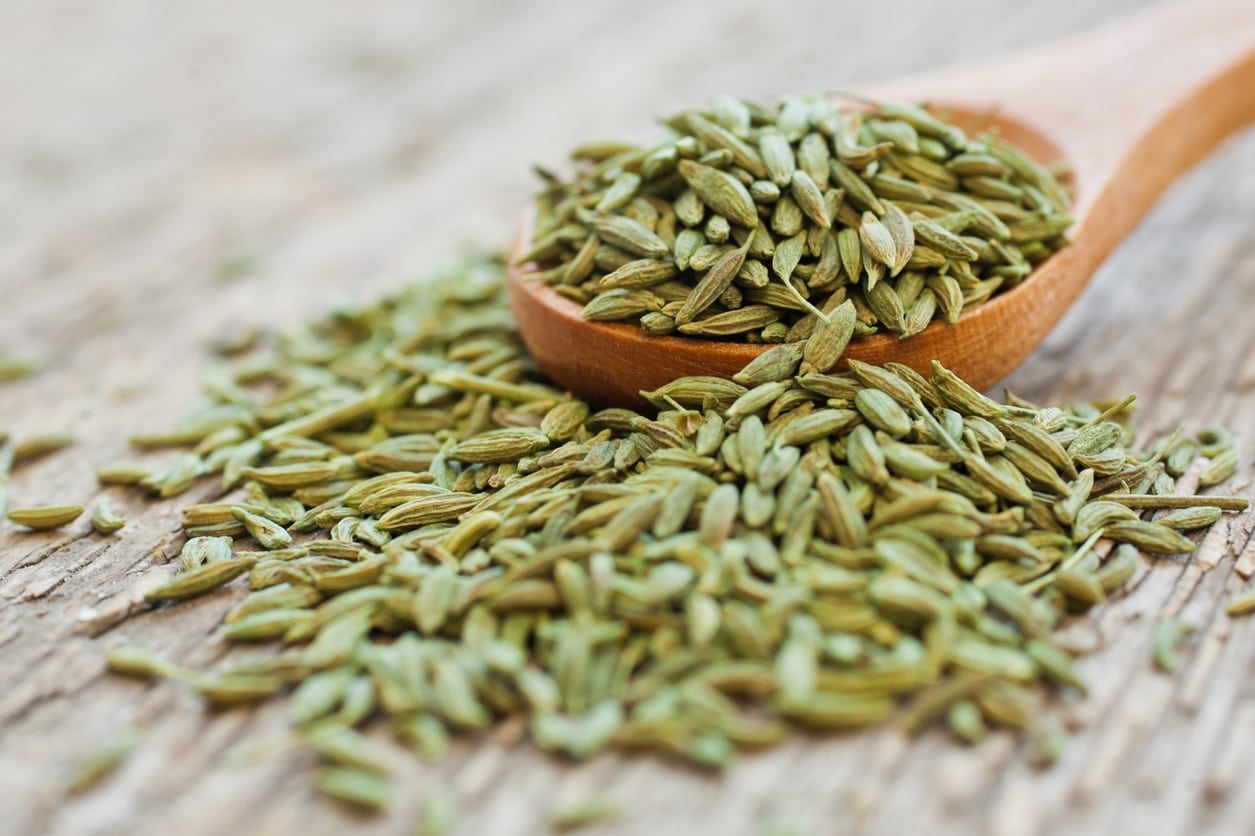 Fennel Vs Anise: What’s The Difference Between Anise And Fennel
Fennel Vs Anise: What’s The Difference Between Anise And FennelIf you’re a cook who loves the flavor of black licorice, you no doubt commonly use fennel and/or anise seed in your culinary masterpieces. Many cooks use them interchangeably. But are anise and fennel the same? Find out more in this article.
By Amy Grant
-
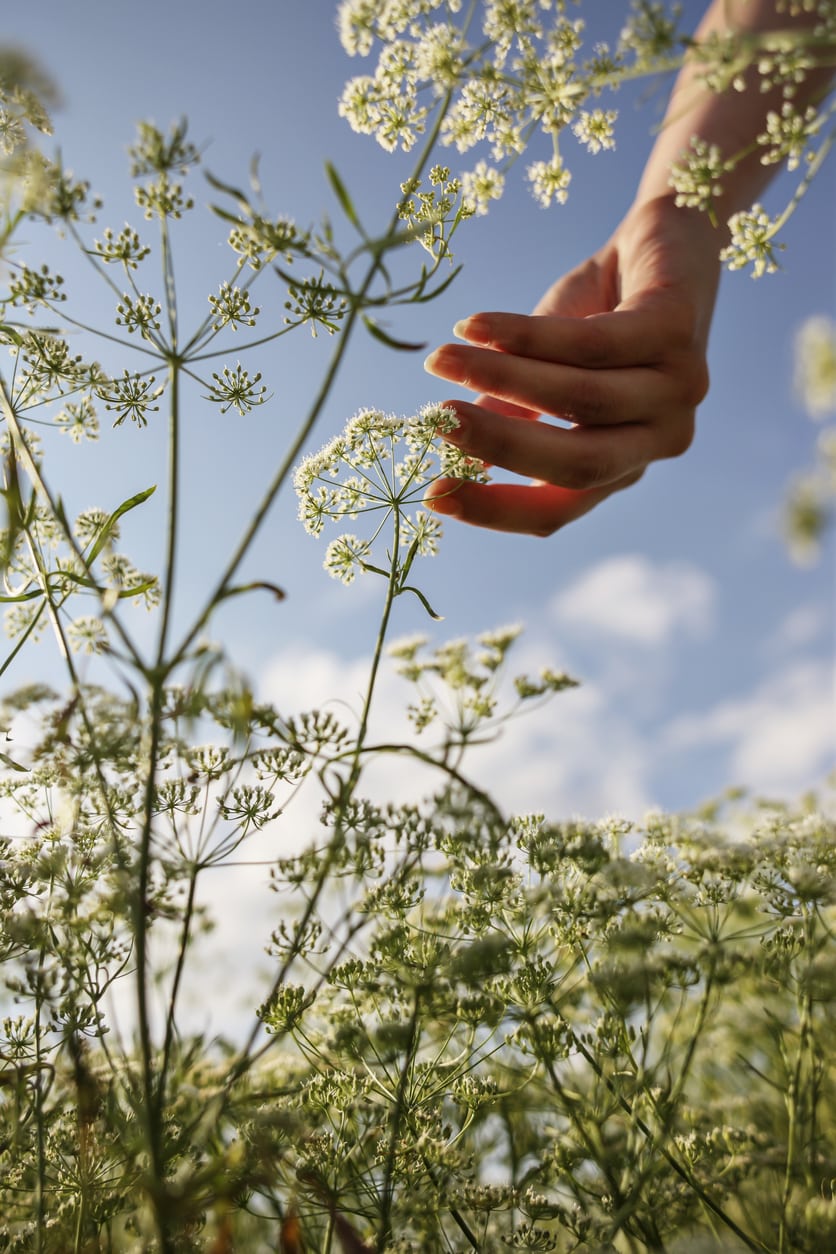 Propagating Anise Herbs: How to Propagate Anise Plants
Propagating Anise Herbs: How to Propagate Anise PlantsVariety is the spice of life, so it is said. Growing new anise plants will help spice up the ho-hum herb garden while giving dinner a surprising new zip. The question is, how is anise propagated? Click here for information on propagating anise herbs.
By Amy Grant
-
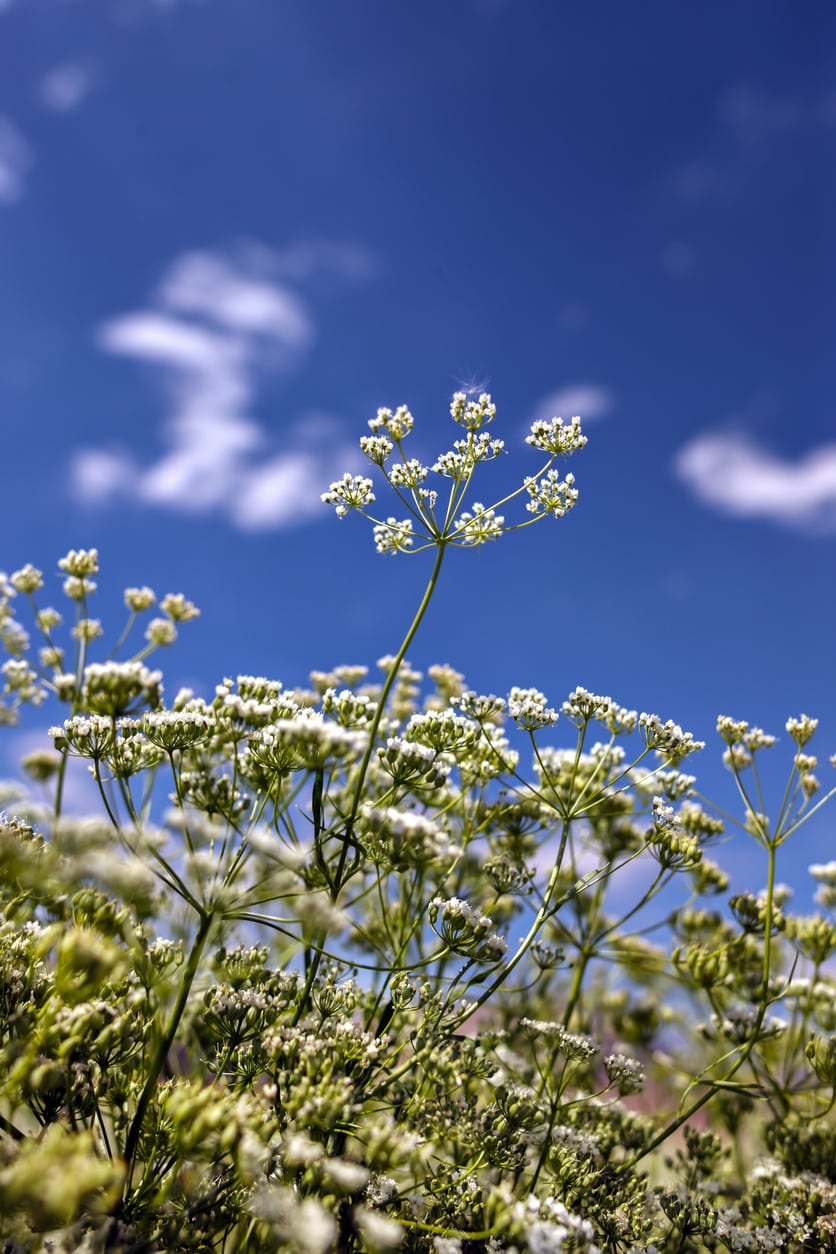 Does Anise Repel Bugs: Information On Natural Anise Pest Control
Does Anise Repel Bugs: Information On Natural Anise Pest ControlCompanion planting with anise attracts certain beneficial insects, and the pest-repellent properties may even protect veggies growing nearby. Click here to learn more about anise pest control and how you can easily grow this beautiful, useful plant.
By Mary H. Dyer